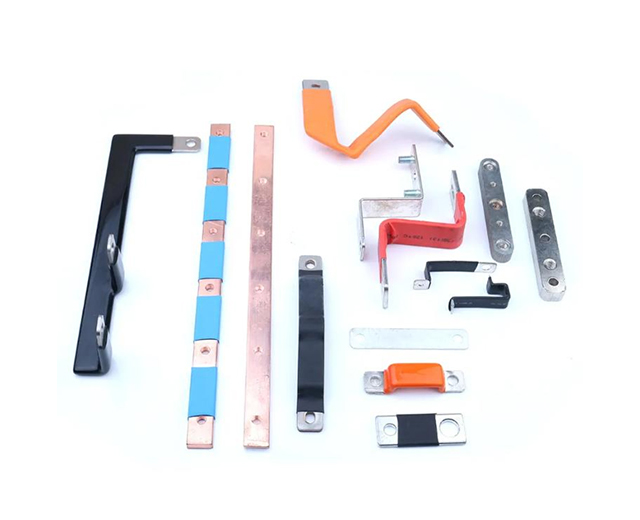2025-08-11 10:48:40
A Busbar is one of the most important components in modern electrical distribution systems. If you’ve ever wondered how to use busbar, how to install busbar, or even how to make a busbar, you’re essentially asking how to create a safe, efficient, and compact way to manage electrical power. In this guide, we will explain what is a busbar, what is busbar for, and give you step-by-step instructions on installation, selection, and maintenance.

A busbar is a solid conductor—typically made of copper or aluminum—that serves as a central power distribution point. Unlike standard cables, busbars have a flat, compact design, allowing them to handle higher current loads while reducing heat buildup.
When people search what is busbar used for, they are usually referring to applications such as:
Power distribution in control panels and switchboards
Interconnection in busbar battery packs for electric vehicles and renewable energy storage
Current collection in generators, solar inverters, and wind turbines
Simplifying wiring in industrial machinery and data centers
To understand how does a busbar work, think of it as an electrical highway.
Electricity enters the busbar from the power source.
The busbar distributes current evenly to multiple circuits, devices, or loads.
Its flat shape reduces resistance and improves heat dissipation compared to traditional round cables.
This efficiency is why Solid Busbar systems are often used in high-power applications.
Choosing the right type of busbar is essential for safety and efficiency:
Aluminum Busbar – Lightweight and cost-effective; ideal for large-scale power systems.
Tin Plated Copper Bus Bar – Offers high conductivity with corrosion resistance; widely used in marine and industrial applications.
Copper Busbar Insulated – Copper conductor with an insulation layer for compact and enclosed installations.
Solid Busbar – One-piece, rigid design for maximum strength and current capacity.
If you’ve searched how to install busbar or how to install a busbar, here’s a detailed guide:
Decide where the busbar will be mounted in your electrical panel, battery bank, or distribution board.
Consider clearance for heat dissipation and accessibility for maintenance.
Copper for maximum conductivity; Aluminum Busbar for cost savings; plated busbars for corrosion resistance.
Calculate required cross-sectional area to handle the system’s maximum current.
Use insulated standoffs or brackets to prevent accidental contact with the panel surface.
Ensure the busbar is firmly fixed to avoid vibrations or loosening over time.
Use high-quality lugs or terminals to attach wires.
Tighten connections according to torque specifications to prevent overheating.
Apply insulating covers or sleeves for Copper Busbar Insulated setups.
Maintain safe spacing between phases to avoid arcing.
Perform continuity checks and verify there are no loose or damaged connections.
Only energize the system after confirming all safety conditions are met.
If you’re exploring how to make a busbar, here’s the process:
Material Selection – Choose copper or aluminum based on conductivity needs.
Shaping – Cut the busbar to required length and bend if necessary for space constraints.
Drilling – Create mounting and connection holes.
Plating – Apply tin, silver, or nickel coating if corrosion resistance is required.
Insulation – Add protective sleeves or coatings if used in enclosed spaces.
When learning how to use busbar, safety is key:
Always shut off power before installation or maintenance.
Use insulated tools to prevent accidental short circuits.
Follow manufacturer’s torque guidelines to avoid overheating from loose connections.
Inspect regularly for signs of corrosion, discoloration, or pitting.
Replace damaged insulation immediately.
The question what is busbar used for has many answers across industries:
Renewable Energy – In solar PV systems and wind turbines for current collection.
Battery Systems – In busbar battery packs for EVs and energy storage.
Industrial Control Panels – For compact, high-current distribution.
Marine & Offshore – Tin Plated Copper Bus Bar for corrosion resistance in salty environments.
Data Centers – For modular and scalable power distribution.
Knowing how to use busbar is about more than just making connections—it’s about understanding how does a busbar work, choosing the right material like Aluminum Busbar or Tin Plated Copper Bus Bar, and following proper installation practices for safety and efficiency.
Whether you’re working with a solid busbar for industrial power distribution, a copper busbar insulated for compact panels, or a busbar battery for EV applications, careful planning and correct installation will ensure long-term reliability.